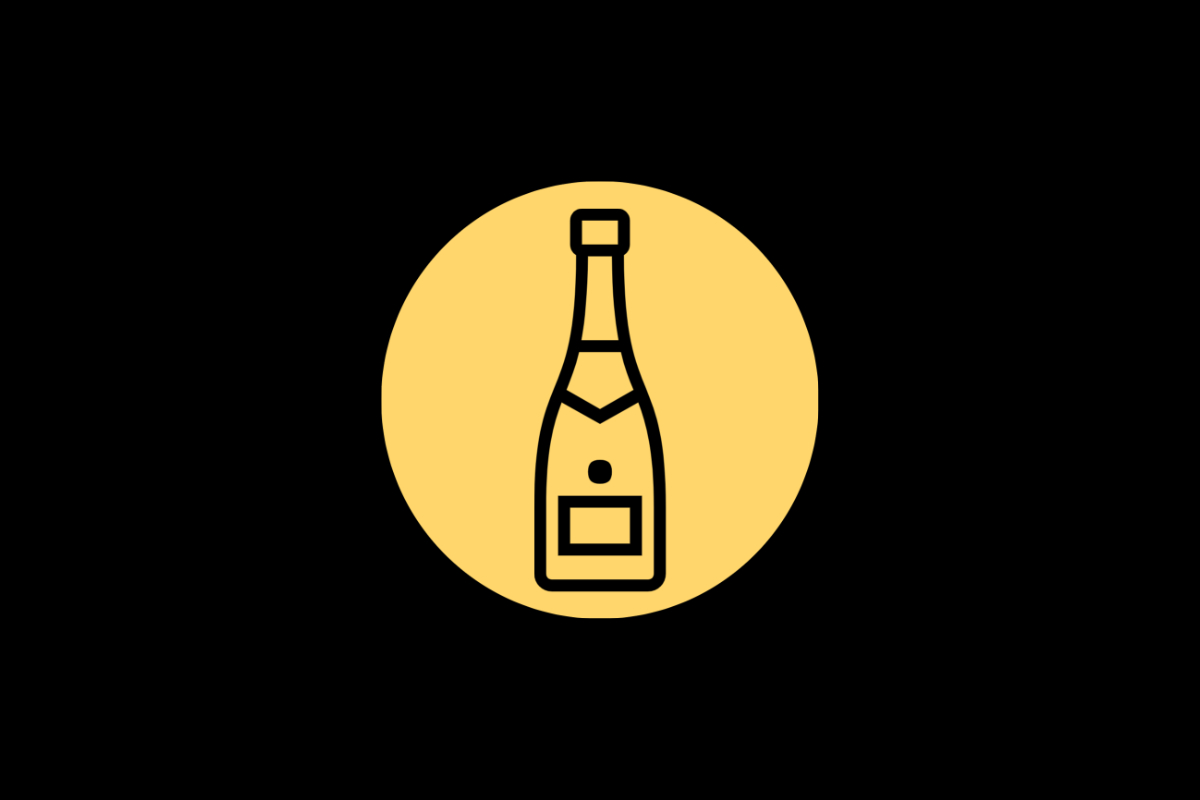The Bubbly Science Behind Champagne Yeast Lager
When we hear the word “champagne,” we often think of celebrations and luxury. But did you know that the yeast used to make champagne can also be used to make beer? That’s right – champagne yeast lager is a real thing, and it’s gaining popularity among craft brewers. So, what exactly is champagne yeast, and how does it contribute to the unique characteristics of a lager? In this article, we’ll explore the science behind champagne yeast lager and why it’s worth trying out.
What is Champagne Yeast?
Before we dive into the scientific details, let’s first understand what champagne yeast is. Champagne yeast is a specific strain of yeast used to ferment champagne, hence the name. It’s also known as Saccharomyces bayanus or Saccharomyces cerevisiae bayanus.
Unlike other types of yeast, champagne yeast is highly efficient in converting sugar to alcohol, producing a higher alcohol content during fermentation. It’s also able to ferment in colder temperatures and under high pressure, which is essential in the production of champagne.
So, why would brewers want to use champagne yeast in beer making? The answer lies in the unique characteristics it brings to the table.
What is Lager?
Before we dive into how champagne yeast impacts beer making, we need to have an understanding of what lager is. Lager is a type of beer that is brewed using bottom-fermenting yeast at cooler temperatures, typically between 45-55°F (7-13°C) for several weeks. This produces a clean and crisp taste profile, which is why lagers are often associated with refreshing summer beers.
Unlike ales, which are brewed using top-fermenting yeast at warmer temperatures, lagers require a longer fermentation and aging process. This is why lagers often take longer to produce and have a higher production cost.
How Does Champagne Yeast Affect Lager?
Now that we have an understanding of what champagne yeast and lager are, let’s explore how combining the two results in a unique beer experience.
One of the main characteristics of champagne yeast is its ability to ferment in colder temperatures. When combined with the longer fermentation and aging process required for lagers, this results in a smoother and more refined taste profile than traditional lagers. The lower temperatures also result in a slower fermentation rate, which helps to eliminate off-flavors and produce a cleaner taste.
Another advantage of using champagne yeast in lagers is its ability to produce a drier, crisper finish. This is due to the high attenuation rate, which refers to the percentage of sugar that the yeast converts to alcohol during fermentation. Champagne yeast has a higher attenuation rate than other yeasts, which results in a lower residual sugar content and a drier finish.
Lastly, champagne yeast also produces higher levels of carbonation, which gives the beer a sparkling and bubbly appearance. This is why champagne yeast lagers are often referred to as “sparkling lagers” or “champagne lagers.”
Tips for Brewing with Champagne Yeast
If you’re interested in trying your hand at brewing with champagne yeast, here are a few tips to keep in mind:
- Use a light malt extract to let the champagne yeast shine through.
- Ferment at a colder temperature, between 45-55°F (7-13°C), for several weeks.
- Allow for a longer aging process to achieve a smoother taste profile.
- Consider adding extra priming sugar during bottling to achieve a higher level of carbonation.
- Remember to sanitize all equipment to prevent contamination.
Final Thoughts
Champagne yeast lager is a unique beer experience that combines the best of both worlds – the smoothness of a lager and the carbonation of champagne. With its refreshing taste profile and bubbly appearance, it’s no wonder why this style of beer is gaining popularity among craft brewers.
At the heart of it all is the science behind champagne yeast, which contributes to the unique flavor and texture of the beer. So, next time you’re at a brewery or bottle shop, consider trying out a champagne yeast lager and taste the difference for yourself. Who knows? It just might become your new favorite type of beer.
